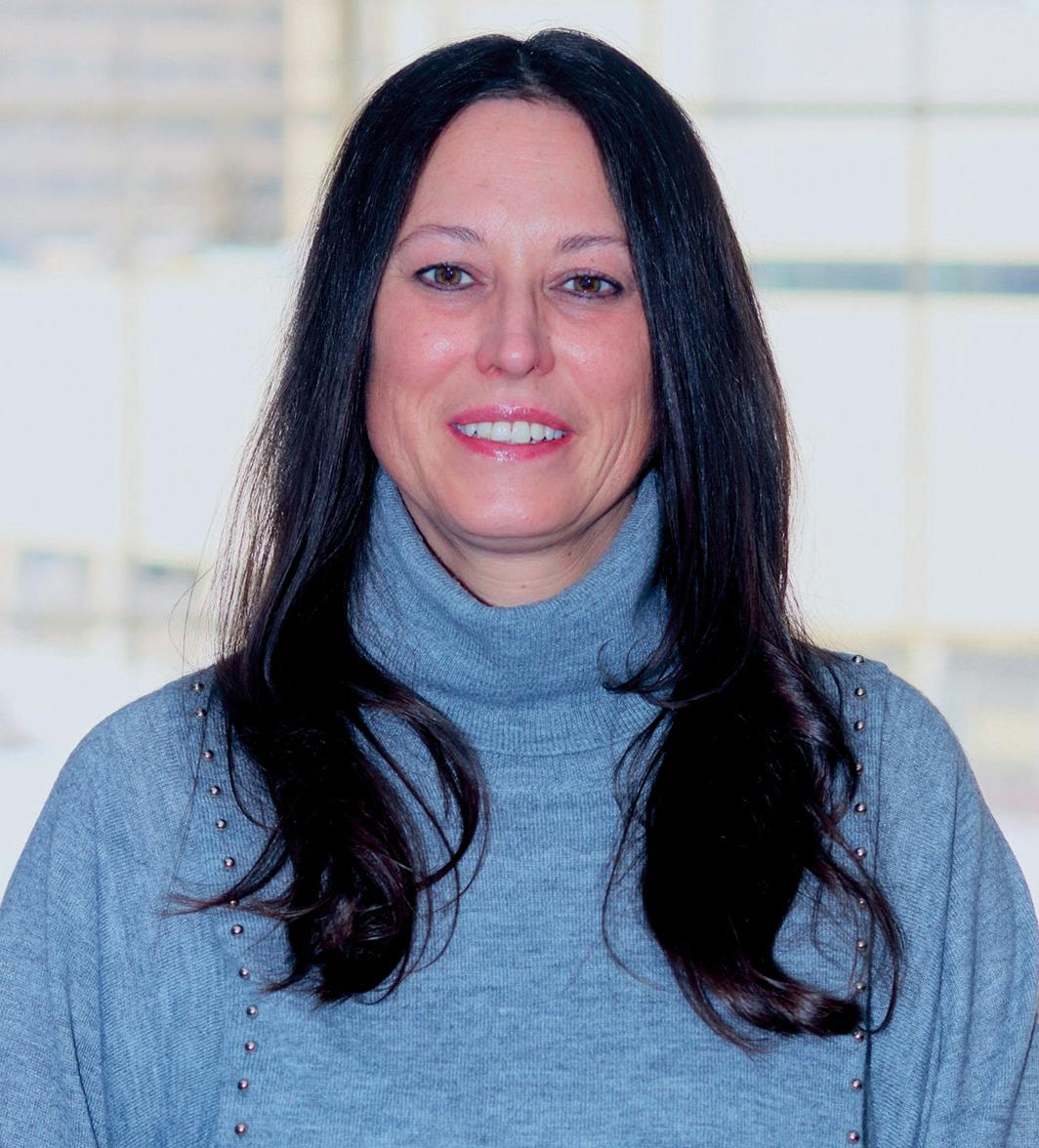Sustainable Waste Strategy
The City has developed the SWS to improve its waste management programs and services. There are 18 recommended actions that together will reduce and divert waste, optimize and extend landfill space, progress greenhouse gas emission reduction goals and the performance of the City’s current system. The recommended actions in the SWS aim to advance the City’s environmental sustainability performance while providing quality services and working towards the Community Energy and Emissions Plan (CEEP) goal of 90 per cent solid waste diversion by 2050.
Project Timeline
The Strategy was adopted by Council on October 28, 2024 and included a resolution that the clear garbage bag recommendation will be considered as lower priority and not commence until receipt of further direction from council. Click here to read the final Strategy.
More information about the project phases is provided below.

Phase 1: Assessing the Current State
In Phase 1, we assessed the current state of waste management in Greater Sudbury. The diagram below is a high-level depiction of how waste managed by the City of Greater Sudbury is collected and treated.

Phase 2: Envisioning the Future
In Phase 2, the vision statement was created to articulates the SWS’ intention for the future of waste management. The recommended actions work towards this vision. The following statement communicates the vision for the Sustainable Waste Strategy:
 As a community, we commit to being stewards of the land by taking progressive actions to manage our waste responsibly, extend the life of our landfills and preserve our shared environment for future generations.
As a community, we commit to being stewards of the land by taking progressive actions to manage our waste responsibly, extend the life of our landfills and preserve our shared environment for future generations.Phase 3: Determine How
Using the feedback received in Phases 1 and 2, a draft list of options was developed in Phase 3. The SWS engaged more than 1,500 residents, businesses, and other key partners through workshops, community events and a survey to gain insight on the options in the Fall of 2023. Following the engagement, refinements were made to the options and each option was evaluated. In total, 18 recommended actions are being put forward for inclusion in the SWS.
Phase 4: Develop the Sustainable Waste Strategy
Phase 4 documents the result of the SWS process. Final documents includes a concise Executive Summary and a comprehensive strategy document that includes a implementation plan for the 18 recommended actions. The SWS will guide waste management over the next 10 years and its recommendations include both actions we can each take to make sure waste ends up in the right spot and actions that help the City achieve its goals. Short-term, low- cost actions are important to the SWS, as these will help delay the need to implement higher cost actions later like developing a new landfill site.
The Waste Hierarchy
Making sure waste ends up in the right spot starts in our homes and businesses. It takes all of us to make an impact. Throughout the strategy, we considered and applied the waste hierarchy as depicted below. The waste hierarchy helped us think about whether the impacts of programs, policies, initiatives or processes would contribute to outcomes at a higher or lower level of the hierarchy.

Refuse: To make choices that prevent the generation of waste.
Reduce: To lessen the amount of waste, for example by reusing products or materials.
Repair: To make materials last longer, which could include fixing pieces, replacing parts, remanufacturing, refurbishing.
Recycle: To collect, sort and sell materials to secondary markets so that they will be incorporated into new products or packaging.
Recover: To collect, treat and use materials from nature, such as using leaf and yard trimmings for regenerative purposes and recovering energy from landfill gas.
Dispose: To landfill or incinerate materials without opportunity for them to be repurposed.




